Indoor pomegranate, growing from seeds and cuttings, care features
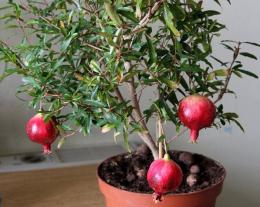
Pomegranate belongs to the derbennikov family. His homeland is Tunisia. In nature it is a branched tree. Its dwarf varieties are suitable for home cultivation.
Plant seeds can be purchased at the store. The packaging will say "Dwarf Pomegranate" or Punica granatum "Nana". The most popular varieties in our country are “Carthage” and “Baby”.
Content:
- Description of the plant
- Growing indoor pomegranate from seeds on a windowsill
- Growing pomegranate at home from cuttings
- Features of care
- Is it possible to eat the fruits of the decorative dwarf pomegranate?
- What diseases are indoor pomegranate susceptible to, plant pests?
Description of the plant
Dwarf pomegranate is the most unpretentious exotic plant for growing at home. It is a perennial deciduous shrub about a meter high. It has a branched trunk with light brown bark and many thin, thorny branches. The spreading tree reaches a width of 120 cm, and 90 cm when grown in a pot.
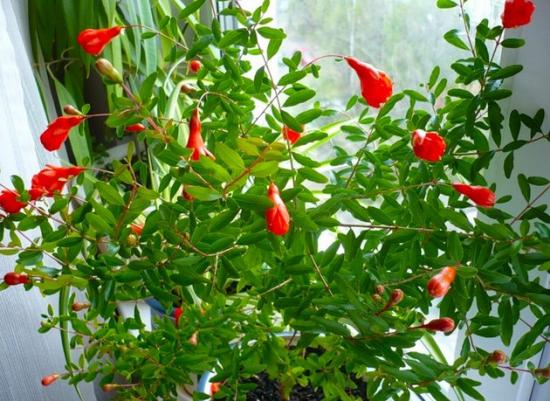
The leaves are oval and glossy. In spring they have a bronze color, in summer they turn green, in autumn, before falling, they turn yellow. The leaves are small, up to 3 cm in length. Located on short red petioles.
The dwarf pomegranate is distinguished by its abundant flowering from May to September. It has tubular red or orange flowers that reach a length of 4 cm. Most of them have a short style and do not form an ovary.Those with a long column bear fruit. But such flowers are no more than 10%.
Buds appear daily. The infertile ones fall off after a couple of days, the fertile ones linger for a week and a half. Pomegranate is beautiful because its flowering continues even during the fruiting period.
The bush produces berries up to 5 cm in diameter. They have a thin but hard skin that is yellow, orange, brown or red. The flesh is dark red.
Growing indoor pomegranate from seeds on a windowsill
More suitable for this method seeds from the shop. They will ensure flowering in the same year, and fruiting in a year or two. If you take grains from a purchased fruit, the plant will bloom only after 7 years, and its size will be too large for an apartment.
If you want to prepare the seeds yourself, you should take them from the fresh fruit of a dwarf tree. The grains remain viable for about six months, but the earlier they are planted, the better.
The optimal time for sowing is late autumn or early spring. In this case, seedlings will appear within two weeks. Otherwise they will have to wait several months.
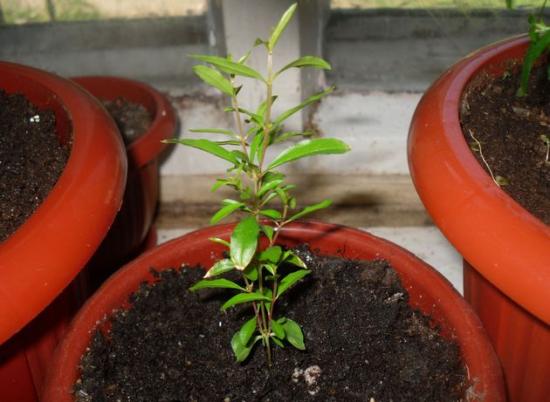
The seed material is cleared of pulp, washed and dried. It should be light in color and firm to the touch. Green and soft seeds are not suitable.
Before sowing, they should be soaked for a day in a solution of Zircon or Kornevin.
There is no need to harvest too many grains, because their germination rate is 95%.
Land for planting is prepared from peat and sand in a 1:1 ratio. It is moistened abundantly and seeds are placed in it to a depth of 1 cm. The surface is covered with a glass jar or transparent film to create a greenhouse effect. The container with seedlings is placed in a well-lit place with a temperature of 25-27 0C.
After the first shoots appear, the covering material is removed.The appearance of 2-3 true leaves indicates that the time has come picks. The strongest sprouts are planted in pots with a diameter of 6 cm. The soil is prepared from turf, humus, sand and peat in a ratio of 2:1:0.5:0.5. A drainage layer is placed at the bottom of the container.
In order for future plants to develop well, they should be provided with warmth and light, protection from direct sunlight, and regular moisture by spraying from a spray bottle. To grow wider, sprouts are pinched.
Growing pomegranate at home from cuttings
This method has a number of advantages over the previous one. Trees grown in this way begin to bloom and bear fruit earlier. In addition, the fruits are of higher quality. All features of the variety, including disease resistance, with cuttings are preserved better.
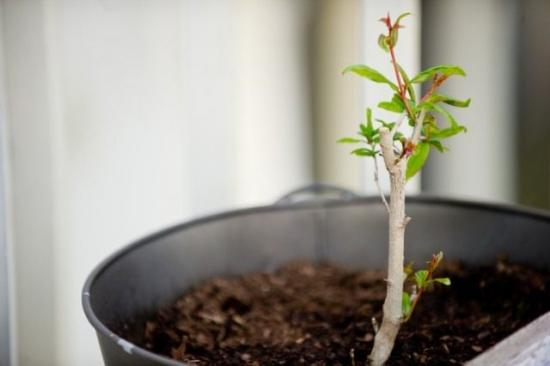
Planting material is harvested in mid-summer or late winter. In July, semi-lignified branches are taken. They get along better. In February the shoots are completely lignified. They are used more often, since at this time the plant does not bloom, and it is not so dangerous to damage its integrity.
Take cuttings from fruiting pomegranates. It should be borne in mind that the survival rate is only 50%. Each branch should have 6-7 buds. The sections are treated with Kornevin.
Rooting can occur in water or directly in soil. To do this, take a mixture of peat and sand, moisten it well and place a twig in it at an angle of 450 by 2-3 cm in depth. Cover the top with film or glass and place it on a windowsill in a warm room. The temperature should not fall below + 23 C.
With regular watering and ventilation, the first roots will appear in a couple of weeks. Complete rooting will occur in a month. The young buds will notify you of this.At this time, the shelter is removed and constant soil moisture is continued. In order for the pomegranate to branch abundantly, the growing shoot is shortened by a third.
Features of care
Dwarf pomegranate is unpretentious. Even if you don’t bother taking care of the plant, it will feel good. True, in this case you may not wait for flowers and fruits.
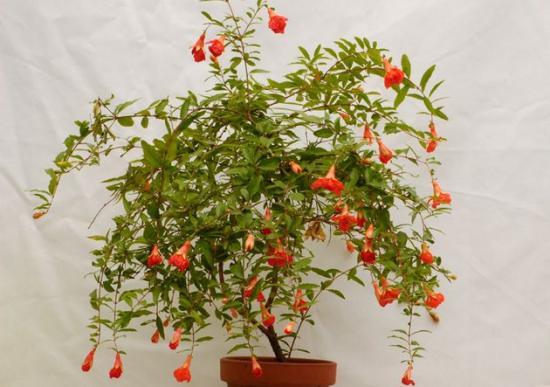
But if you follow all the subtleties of maintaining a tree, it will regularly delight its owners with flowering and fruiting.
Lighting
Garnet is very light-loving. Even in winter, you should provide him with at least 12 hours of daylight. For this purpose, phytolamps are used. It is better to keep the plant on a windowsill on the south, southwest or southeast side.
Mature trees are not afraid of direct sunlight, so there is no need to shade them. In summer, it is advisable to keep pomegranate on the balcony or outside. The main thing is that the place is well lit and protected from drafts.
In the first days, you should keep the tree in the shade so that it gets used to the new weather conditions.
Temperature
In summer, the optimal temperature is +25 C, in winter +11 C. Some gardeners are sure that indoor pomegranate has a dormant period in the cold season, and advise providing cool conditions for at least a month to give the tree a rest.
True, many argue that if this is not done, the plant will not suffer and the quality of flowering will not decrease.
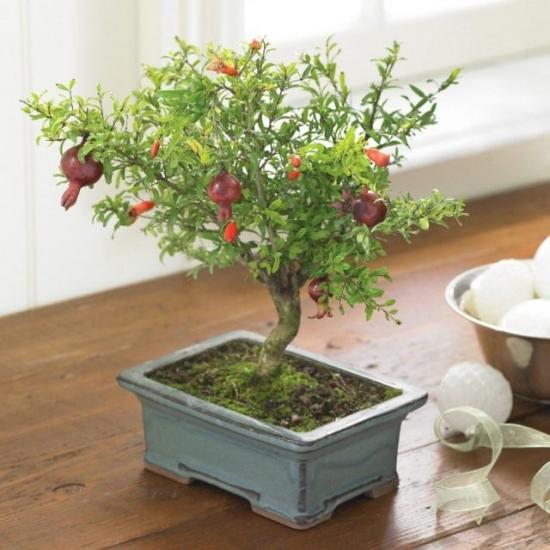
Watering
Indoor pomegranate loves moisture. It should be generously water 1-2 times a week during flowering and fruiting. But you can’t overfill either. In this case, the leaves will begin to turn yellow. To avoid waterlogging, the soil should be provided with a drainage layer, and the pot should have a hole to drain excess water.
Also in the warm season, spraying is necessary twice a week.In hot weather you can do this more often. In winter, watering is reduced, but care is taken to ensure that the soil does not dry out.
Fertilizer
You can feed dwarf pomegranate no more than 2 times a month. In spring and summer, nitrogen fertilizers are applied, closer to autumn - based on potassium. Also, complex fertilizing is added once a month. In winter, when watering is reduced, fertilizer is not required.
Trimming
Crown formation produced in February. It is designed depending on your wishes. As a result, you can get a round shrub or a standard tree. During the growth period, it is permissible to remove branches that spoil the appearance. During pruning, leave 4-6 large branches. Each shoot will have 5 internodes.
The cuts are made above the bud looking up so that the shoots do not get confused. The lower branches growing horizontally are also removed. It is important to prune those branches on which the fruits have ripened.
Sanitary pruning is done regularly. In the first year of flowering, all buds are removed to ensure normal development of the tree.
Transfer
Young plants are replanted every year. Trees older than three years – once every 2-3 years. The procedure is carried out in the spring. To do this, carefully remove the pomegranate along with a lump of earth and place it in a new pot, 2-3 cm wider.
If the roots are damaged, you should sprinkle them with charcoal. The empty space in the new container is filled with turf and sand. We must not forget about the drainage layer. It should occupy a quarter of the volume. It is important to choose not too big pot.
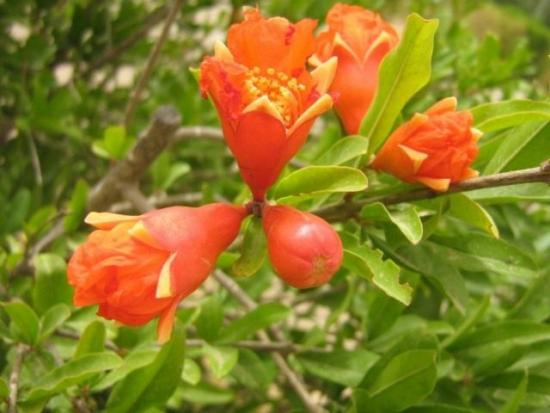
Some tightness of the roots ensures more abundant flowering.
Is it possible to eat the fruits of the decorative dwarf pomegranate?
The fruits of the dwarf pomegranate are edible, like those of its larger relatives. True, not everyone likes the taste. There is no sweetness in the berries, the taste is sour.
In some sources you can find an opinion about toxicity all parts of the plant. Allegedly, they contain a lethal dose of alkaloids.
But it is not so. The roots, leaves and fruits are used in folk medicine. Of course, in minimal dosages. As they say, “there is medicine in a spoon, poison in a cup.”
It is also not recommended to consume concentrated pomegranate juice from homemade fruits. Due to increased acidity, there is a risk of mucosal burns. Otherwise, dwarf pomegranate seeds can be eaten without danger.
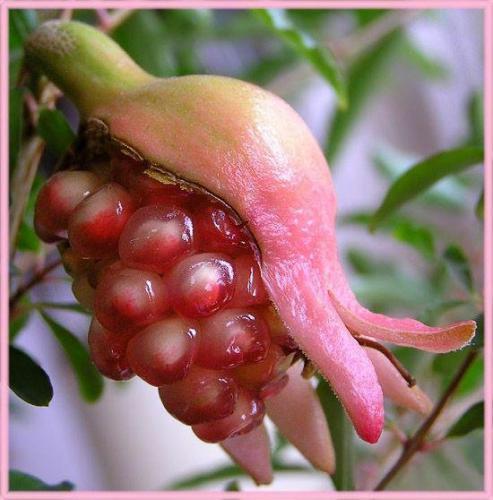
What diseases are indoor pomegranate susceptible to?
The plant has no immunity from diseases and parasites. You should carefully monitor the health of the tree and take timely measures to eliminate problems, otherwise the pomegranate will die. Let's look at those that come up frequently.
Root rotting
Due to severe waterlogging, the root system suffers. You can tell that this happened by the yellow and brown spots on the leaves.
Transplantation with the removal of dead roots helps solve the problem. The sections are dried and treated with charcoal. It is important to avoid overwatering in the future.
Branch cancer
Occurs due to hypothermia or mechanical damage. The branches become covered with cracks. The bark swells at the edges. Treatment involves removing the affected shoots. Sometimes you have to cut off most of the crown.
This cannot be avoided, otherwise the plant cannot be saved. For prevention, you should observe the temperature regime, do not break off shoots, and pruning should be done with a sharp, disinfected instrument.
Powdery mildew
Appears in poorly ventilated areas with high air humidity. Temperature changes also contribute to the disease. Pomegranate can also become infected from other indoor plants.
Washing the leaves and spraying with a soap and soda solution helps to get rid of the scourge.
Pests, if not noticed and not eliminated in a timely manner, can cause damage no less than diseases.
Spider mite
It bites through the upper tissues of the plant and feeds on its juices. Leaves white grains on the lower surface of the leaf. When the damage is serious, a web appears.
The parasite feels comfortable in dry rooms and attacks weakened plants that need watering or are overfed with nitrogen fertilizers.
To get rid of ticks, the tree is washed in the shower and treated with acaricides (Neoron, Akarin, Agaverin).
Shchitovka
Sucking insects. They look like brown tubercles 2-5 mm in diameter. Easy to remove. The areas of the leaves underneath are discolored. A sticky coating appears around. The parasites are covered with scutes, so contact insecticides do not affect them.
Insects should be collected manually, and the plant should be treated with alcohol, water-oil emulsion or systemic intestinal preparations. It is also useful to replace the top layer of soil.
Whitefly
Another sucking parasite. These are white flies that leave white oval larvae on the inner surface of the leaf.
High temperatures protect against insects. If a pomegranate is left on a closed balcony on a hot day, the whiteflies will die. In the absence of the desired result, treatment with contact insecticides (Agravertin, Inta-vir, Fitoverm) will help.
Aphid
Green, brown or black insects up to 2 mm in size. There are winged or wingless. Mainly localized at the top of the crown. They move easily and quickly affect all flora in the house.
To combat aphids, use a soap solution or chemicals (Akarin, Askara, Iskra-bio).Before the procedure, the soil should be covered.
The dwarf indoor pomegranate will undoubtedly decorate any interior. Bright flowers and beautiful fruits give the plant decorative qualities. The tree reproduces easily. With proper care, it will delight its owners for many years.
You will learn more about growing indoor pomegranate from seeds by watching the video:

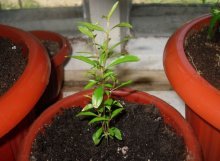
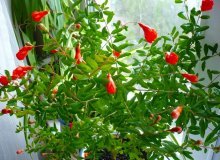
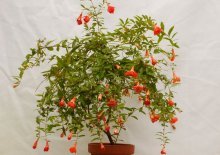
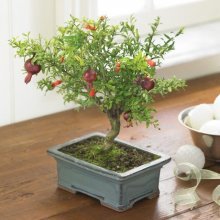

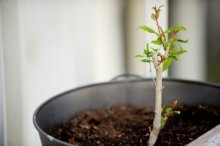
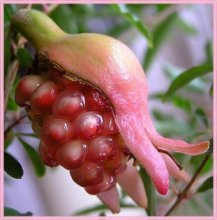
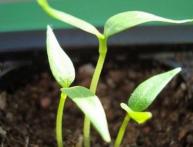
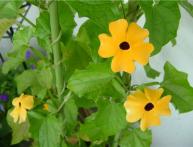
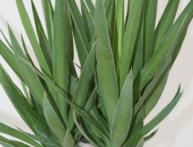
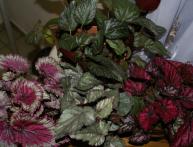
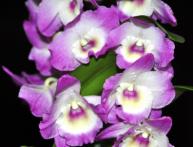
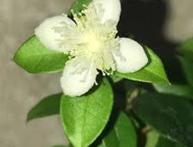
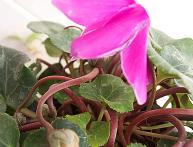
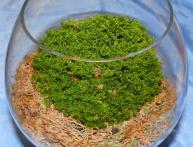
Comments
Of course, for an apartment, a dwarf pomegranate will be better than a regular one, but I have never been able to grow exotic trees, there were always some kind of midges in them and I could not get them out.
We planted indoor pomegranate and it grew to an “obscene” size, but it never produced fruit. I had to get rid of it because it was already taking up a lot of space in the room. We don't grow any more.
I tried several times to grow a pomegranate tree in my apartment, but it only came to flower once, and the flowers fell off very quickly without producing any fruit. And in general, the plants got sick very often.
Once I took a pomegranate from my parents from their bush for propagation. At first the seeds did not germinate for a very long time, and I forgot about them. Then I saw it, but part of it had dried up. I transplanted two good trees, a child got to them and tore off the leaves twice. The first time the trees moved away, the second time they didn’t. Pomegranate is not mine.